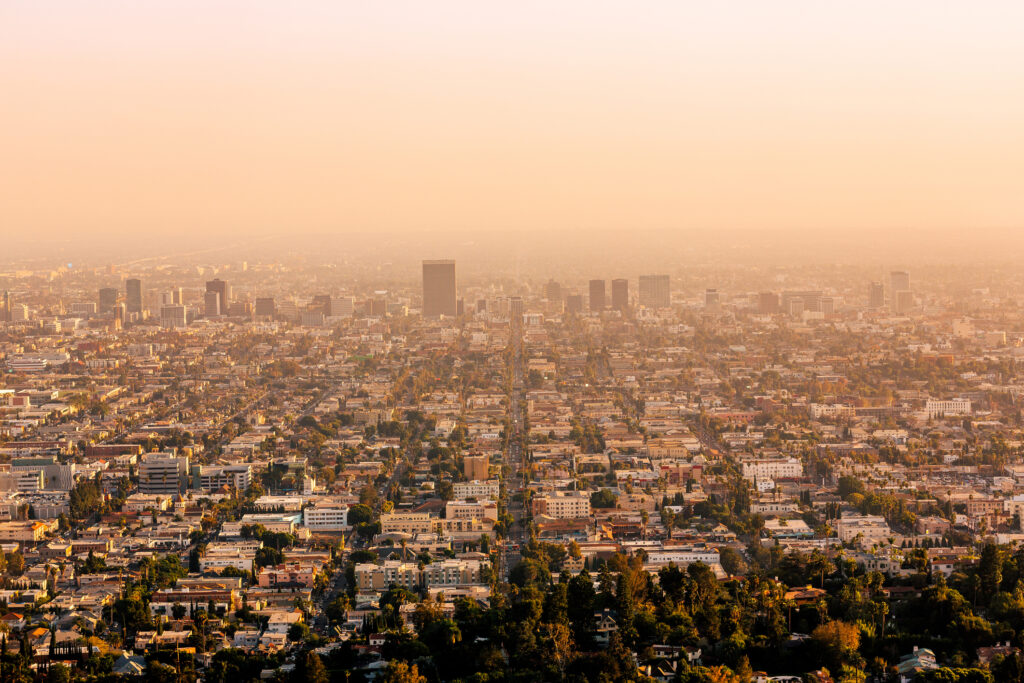Congresswoman Alexandria Ocasio-Cortez (D-NY), the new face of the progressive left, says she wants socialism as it is practiced in Norway and Sweden, not as it is or was practiced in the Soviet Union, Cuba or Venezuela.
Talk about cultural appropriation!
Ocasio-Cortez, like Senator Bernie Sanders (I-VT) before her, knows not to claim an actual socialist country as an exemplar. During the primary season of the election of 2016, Sanders famously said, “I’m not looking at Venezuela. I’m not looking at Cuba. I’m looking at countries like Denmark and Sweden.” He was then schooled as to the Nordic model of capitalism.
Ocasio-Cortez, who claims that, for her, naiveté is a virtue, is just going down the same path Sanders went down. While it may be entertaining to see her say the same stupid things he said, it may be more productive to follow the evolution of “socialism.”
Socialism Mach 1
According to Karl Marx, socialism involves state ownership of the means of production. Unlike contemporary progressive socialists, Marx did not denigrate the use of industrial machinery in production (or fossil fuel). Rather, he saw the use industrial machinery to be a necessary step in social evolution, one that would lead to socialism.
Socialism Mach 2
It turns out that socialism did not come first to any of the countries that were most advanced in the use of industrial machinery, but instead came first to Russia, a less developed country. Socialists justified this by promulgating a theory that you could skip capitalism on the way to socialism. Followers such as Mao Zedung of China and Mahatmas Ghandi of India took this theory to its illogical conclusion and advocated small-scale production to include backyard furnaces for making iron, and homespun cotton clothing. More conventional followers such as V.I. Lenin of Russia and Kwame Nkrumah of Ghana used the power of the state to promote rapid industrialization.
Socialism Mach 3
In the highly advanced world, Fabian socialists and their kin advanced state ownership of key industries such as iron, coal and transportation. Small business and home ownership would be allowed, or maybe “tolerated” is a better word. Following World War II, the Labour Party of the United Kingdom got its opportunity to put this idea into practice, and that country fell into economic stagnation.
Socialism Mach 4
This version of socialism maintains the façade of private ownership of large corporations, but uses the regulatory power of the state to organize industry into monopolistic cartels. This version of socialism was incorporated into Franklin Delano Roosevelt’s National Recovery Administration (struck down as unconstitutional). It was also the basis of fascism as practiced in Argentina, Italy, Spain, and other Catholic countries. When augmented by virulent racism, it became Nazism in Germany.
Socialism Mach 5 / Capitalism Mach 3
Socialism Mach 5 is not really socialism, but something of a middle ground between socialism and capitalism. In this variation on socialism, there is a large private sector that is free, open and competitive. Wages, prices, rents, interest rates, and profits and losses are mostly determined in the marketplace. The socialistic part of this set-up is the extensive use of the taxing power of the state. Marginal tax rates rise close to, or even to or above 100 percent, so as to effectively put a cap on after-tax income. Along with this cap, there is an extensive system of redistribution. Pre-1990s Sweden is the exemplar of this variation of socialism.
Socialism Mach 6 / Capitalism Mach 2
Socialism Mach 6 is not socialism at all. Socialism Mach 6 is a form of capitalism. As with Socialism Mach 5, it features a large private sector that is free, open and competitive; and, in which wages, prices, rents, interest rates, and profits and losses are mostly determined in the marketplace. It is different from Mach 5 is that marginal tax rates are set, at most, at the revenue-maximizing rate, much lower than 100 percent. Accordingly, there are strong incentives for work, saving, investment, risk-taking, invention, innovation and entrepreneurship. Accordingly, these countries feature strong economic growth. There will be a safety-net for those at the bottom whether or not this safety-net is run by the government. We can be confident that there will be a safety-net because most of those who are successful in a free society will also be compassionate.
Socialism Mach 7 / Capitalism Mach 1
For convenience, we’ll distinguish societies with a safety-net run primarily by the government as Socialism Mach 6 and societies with a safety-net run primarily by the private sector as Socialism Mach 7.
Anarchy
Given the above discussion, Capitalism is either Socialism Mach 6 or Socialism Mach 7. What is called “dog-eat-dog Capitalism” is actually Anarchy. Without law, any accumulation of property is an opportunity for theft, and life consists largely of predation and defense. Fortunately, there is an economy of scale in defense, so that when enough productive people join together, they can establish the rule of law.
Anti-Social Behavior
While most successful people in a free society will embrace law and even a degree of charity, not all will. There will be individuals who lie, cheat, steal, assault, rape and kill. We could also mention individuals who will be lazy, spendthrift, imprudent, addicted to alcohol and drugs, gambling, video games or pornography, and commit suicide. But, the truth is real-world capitalist countries have less of these anti-social behaviors (both other-victim and self-victim) than less capitalistic countries.
The Nordic Model
During the 1990s, the Nordic countries shifted from Socialism Mach 5 (an open, free and competitive economy with very high marginal tax rates) to something between Socialism Mach 6 and Socialism Mach 7. While the details differ from one to another country, marginal tax rates were reduced to moderate levels, and various aspects of social insurances and social services were privatized. For example, parents could choose between government and nongovernment schools, and hospitals contracted-out many services. The reason for the shift was the relative stagnation that beset the Nordic countries. While the United States once enjoyed a standard of living only 70 percent of Sweden’s; by the 1990s, Sweden enjoyed a standard of living only 70 percent of the United States.
According to the latest edition of Economic Freedom in the World, Norway is the #25 country in the world and Sweden #43, out of 162; with the United States #6, and Singapore and Hong Kong first and second.
Germany describes its amalgam of free-markets and social insurance as the “social market.” Chile, with its privatization of Social Security, could be said to have moved completely to Mach 1 capitalism. The United States, somewhat uniquely among capitalist countries, practices extensive credit-socialism, and has a national government as well as many home-owners and students deeply in debt. There are positive and negative things to say about many real-world capitalist countries; but nobody – not even Ocasio-Cortez – wants to be associated with real-world socialist countries.





